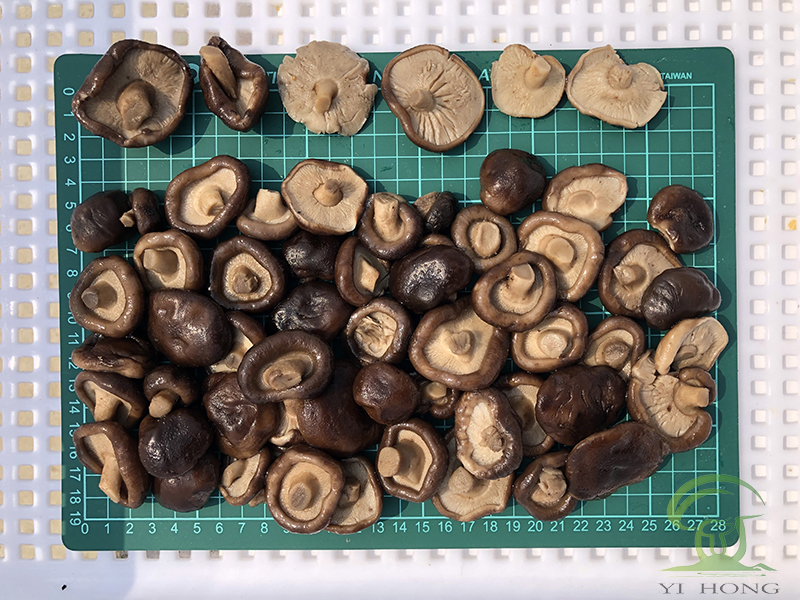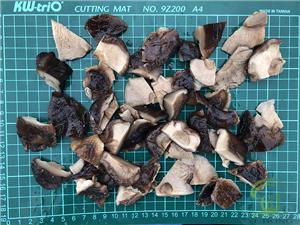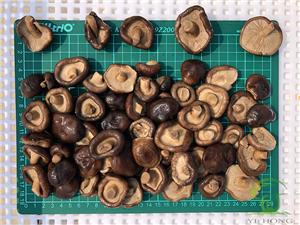Wie werden die Rohstoffe für Shiitake in Salzlake gelagert?
Mushrooms are a delicious and nutritious ingredient. The shiitake in brine made from them, with its unique texture and rich nutritional value, is deeply loved by people. However, in Northeast China, mushrooms often grow in large quantities, and it is common to harvest more than can be consumed at once. Fresh mushrooms are not easy to preserve and can spoil quickly if not handled properly. Therefore, to ensure the quality and flavor of shiitake in brine, the storage of its raw material—mushrooms—is particularly important. Different mushrooms require different storage methods, and in Northeast China, the storage methods mainly include the following three.

1. Sun-Drying Storage:
Sun-drying storage is the most common and practical method, especially suitable for preserving raw materials for shiitake in brine. Freshly harvested mushrooms often have small insects on their roots, caps, and stems. Tearing them apart and sun-drying can effectively drive away these insects, such as with pine mushrooms. Sun-drying not only removes insects but also evaporates excess moisture from the mushrooms, extending their storage time. Sun-dried mushrooms can be stored for a long time and are an important raw material for making shiitake in brine. After rehydration, they regain their tender texture.
2. Pickling Storage:
Pickling storage is another common method, particularly suitable for preserving small quantities of mushrooms. After cleaning the mushrooms, blanch them in boiling water and place them in clean containers like ceramic jars, sprinkling a layer of salt between each layer of mushrooms. This method can preserve mushrooms for over a year. For example, hazel mushrooms taste better when pickled than when sun-dried. Another example is the tangzi mushroom, which is sturdy and less prone to breaking. Sun-drying makes it taste poor, but pickling retains its original chewiness. The pickling method is similar to the process of making shiitake in brine, as both use salt to extend shelf life and enhance flavor.
3. Refrigerator Storage:
Refrigerator storage is suitable for short-term preservation of small mushrooms, effectively maintaining their original texture, such as with broom mushrooms and egg yolk mushrooms. Although refrigeration is not suitable for long-term storage, it provides fresh raw materials for making shiitake in brine. Fresh mushrooms can be simply processed and directly used for pickling shiitake in brine, ensuring their taste and nutritional value.
In addition to the above storage methods, you can also directly purchase our shiitake in brine. Our shiitake in brine is strictly controlled from raw material selection to production, ensuring product quality. Shiitake in brine not only retains the delicious taste of mushrooms but also extends their shelf life through the pickling process, making them convenient to enjoy at any time. Besides shiitake in brineUnser Unternehmen bietet auch Produkte wie eingelegte Steinpilze, eingelegte Nameko-Pilze, eingelegte Champignons, eingelegte Shiitake-Pilze, eingelegte Pfifferlinge und eingelegte Haselnusspilze an. Diese Produkte wurden nach Italien und Frankreich exportiert und von den Verbrauchern sehr geschätzt.




